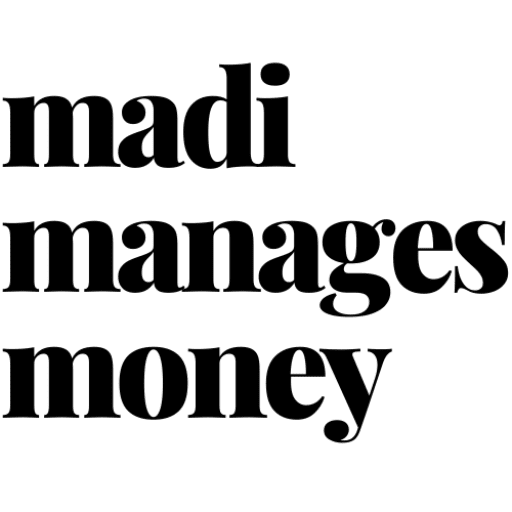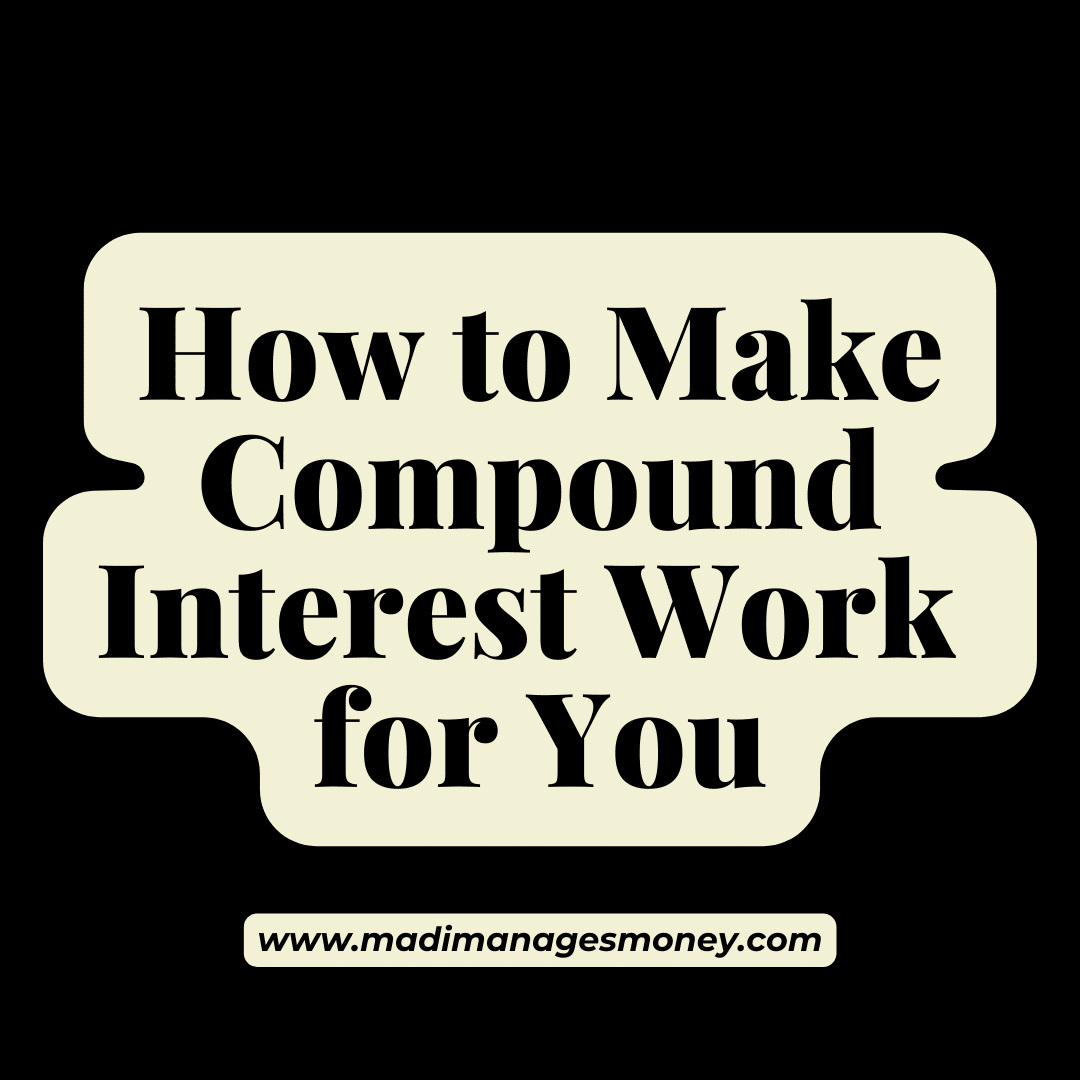This article explains how to make compound interest work for you.
If you want to grow your wealth, there’s no way around it – you’ve gotta understand how to make compound interest work for you. This article explains how to harness its power in the real world.
We’ll be using the terms ‘compound growth’ and ‘compound interest’ interchangeably throughout the post. They’re the same thing!
The positive snowball effect ❄️
Imagine you have a round snowball in your hand that you opt to roll down a hill. It starts out small, but as it gets moving, it grows quickly. The next thing you know, the little snowball you started with is big enough to make a sturdy base for a snowman.
A few key factors impact the growth of your snowball.
- The more surface area it has, the more snow it can pick up on each rotation.
- The farther it rolls, the bigger it can grow.
Compound interest in investing works just like this. The more “surface area” that your portfolio has (or in other words, how big it is), the more dollars you accumulate as each year passes.
Similarly, the longer you let your portfolio roll by staying invested in the market, the more you’ll earn. Time is the most potent ingredient in making compound interest work for you – let it do its thing.
How to make money with compound interest
In 2023, I’ll max-out an IRA by contributing $6,500 to my account. With that money, I’ll then purchase a low-cost, diversified index fund that invests in domestic and international stocks. My plan is to let it grow until I need it in retirement, in about 40 years. I’m 33 today.
Let’s assume that over the next four decades, my original $6,500 investment is able to return 7% each year. Using historical equity market performance as a guide, this is a reasonable – but in no way guaranteed – return to assume.
(Also, note that IRL the market won’t deliver a consistent return every year, but we’ll assume this for simplicity’s sake.)
Let’s zoom in at the first three years of my $6,500 investment as an example. A 7% return over year one leaves me with $6,955 to start year two. Then again, during year two & three, I earn a 7% return and finish with $7,442 and $7,963, respectively.
| Age | Balance | Annual Growth |
| 34 | $6,955 | $455 |
| 35 | $7,442 | $487 |
| 36 | $7,963 | $521 |
You’ll notice something strange start to happen. Despite earning the same 7% growth rate each year, the dollar amount of annual growth keeps increasing. This is because that same 7% return I’m earning is on a higher and higher base ($6,500 ➡ $6,955 ➡ $7,442 ➡ $7,963).
I’m earning growth on my growth, which is the essence of compounding. Even if I chose not to add another dime to the account (not necessarily recommended🙈), this is what the account’s growth would look like over 40 years. By 72, I’d have over $90,000.

Finally, let’s flash forward to the final three years of our chart. The annual growth of my portfolio is now nearly $6,000 per year.
For every year that I keep this money invested, the amount that I’m rewarded with will get bigger and bigger.
| Age | Balance | Annual Growth |
| 70 | $79,454 | $5,198 |
| 71 | $85,015 | $5,562 |
| 72 | $90,966 | $5,951 |
Who pays the compound interest?
I see you 👀 interested but skeptical. The next logical question you might ask is Where does the interest come from?
In short, that depends on the type of investment you hold.
If you’re invested in bonds or CDs (or a fund that holds them), interest is paid out by the issuers of the bonds. This constitutes most of what you earn in more conservative investments.
For instance, if you purchased a treasury bond, you’ve lent the government money, and they’ll pay you interest for it.
Earning compound interest with stocks is a little more… nuanced. Aside from regular dividend payments that you might receive from certain companies, most of the compound interest that you’re enjoying isn’t interest at all. Instead, it’s price growth of the stocks that you hold.
As prices of stocks rise, no one is actively paying you. Your compound growth takes the form of something called unrealized gains. The party on the hook for ultimately paying out those gains to you is the buyer of your stock once you decide to sell.
A natural reaction to learning about this unrealized gain sorcery is wondering if you should sell stocks that are up to lock in gains. To make compound interest work for you, this isn’t the move!
Doing so could have tax consequences, especially in a taxable brokerage account, and it goes against our principle of maximizing the amount of time you stay in the market. Disrupt the rolling of your snowball at your peril. 😳
Does my money compound more if I have it all in one account?
Nope. Whether you have your money in one account or several, your money will compound just the same. Said differently, you’re not missing out by having multiple accounts.
This is, of course, assuming you hold the same investments within those accounts. Different investments will grow at different rates.
You should be using as many types of investment accounts as you need to save on taxes. Don’t be afraid to use your 401(k), IRA, and HSA, among others. Read more on how you can reduce your taxes with these account types.
Personally, I have a Roth IRA, Traditional IRA, HSA, taxable brokerage, 529 investment plan, and UTMA/UGMA account. My approach is to have as many accounts as I need but no more. Otherwise, things can get messy.
Two final tips to make compound interest work for you.
As a long-term investor, you’ll make the most money by maximizing the amount of time you spend on the right side of our chart above – in the steepest section of the yellow line. Here’s how to get there faster & stay there.
- Get there faster. Maximize the amount that you contribute to your investments. The bigger your account, the more compound growth you can earn each year. (Create more surface area to pickup snow.)
- Stay there. Keep your money invested. Pulling money out of the market disrupts compounding, even if it’s just for a short period of time. (The farther you let your snowball roll, the bigger it gets.)
An approach I don’t recommend, however, is taking more investment risk than you’re comfortable with to earn a higher compounding return.
If a bumpy stock market makes you squeamish, you’re better off chilling at a more careful risk tolerance than trying to get in & out with an aggressive portfolio. There’s no way to game this.
If you do these two things, making compound interest work for you becomes a matter of when and not if.
The opinions voiced in this material are for general information only and are not intended to provide specific advice or recommendations for any individual. To determine which investments may be appropriate for you, consult with your financial advisor.

